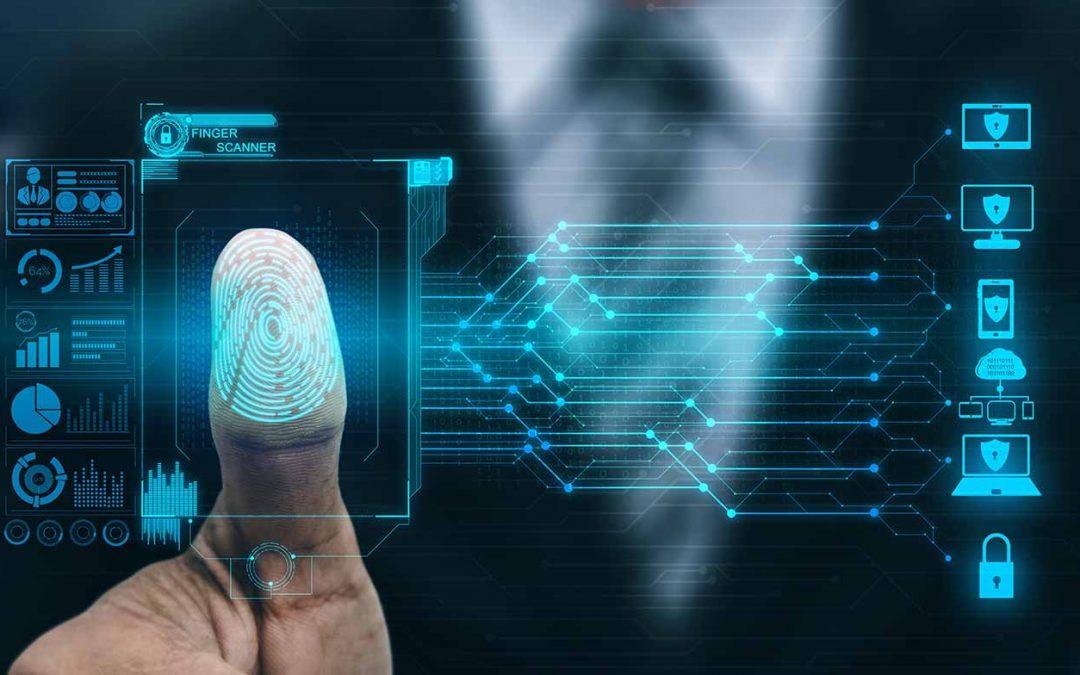In today’s digital age, keeping our personal information safe is more crucial than ever. That’s where biometric authentication steps in, offering a secure and convenient way to safeguard our data. But what exactly is biometric authentication and why is it gaining so much attention?
What is biometric authentication?
Biometric authentication uses unique physical or behavioral traits to verify a person’s identity. These characteristics can include fingerprints, facial features, iris patterns, voiceprints, or even behavioral patterns like typing rhythm. Essentially, it turns your body into a password, making it difficult for unauthorized users to access your devices or data.
The benefits of biometric authentication:
Enhanced security
Traditional methods like passwords or PINs can be forgotten, shared, or stolen. Biometric data, however, is unique to each individual, significantly reducing the risk of unauthorized access. It’s like having a key that only fits your lock.
Convenience and speed
Imagine no longer needing to remember multiple passwords or go through lengthy log-in processes. Biometric authentication streamlines this by allowing quick and easy access with just a touch, a glance, or a voice command.
Improved user experience
With biometrics, user experience gets a boost. It simplifies interactions with devices and services, eliminating the frustration of forgotten passwords and the need for constant password resets.
Versatility and adaptability
Biometric authentication can be integrated into various devices and platforms, from smartphones and laptops to office entry systems and financial transactions. Its adaptability makes it a versatile security solution.
Fraud reduction
Since biometric data is unique and not easily replicable, it reduces the chances of identity theft or fraudulent access. This adds an extra layer of security for sensitive information.
Accessibility for all
Unlike traditional methods that might pose difficulties for people with disabilities, biometric authentication can be more accessible and inclusive. For instance, facial recognition can benefit visually impaired individuals by providing an alternative to text-based authentication.
Wrapping up
Biometric authentication offers a promising way to enhance security while making our daily interactions with technology smoother and more secure. As technology advances, we can expect biometrics to play an increasingly integral role in safeguarding our digital lives.
Remember, while biometric authentication offers many advantages, it’s essential to remain vigilant about privacy concerns and ensure responsible and secure implementation to fully harness its benefits.

